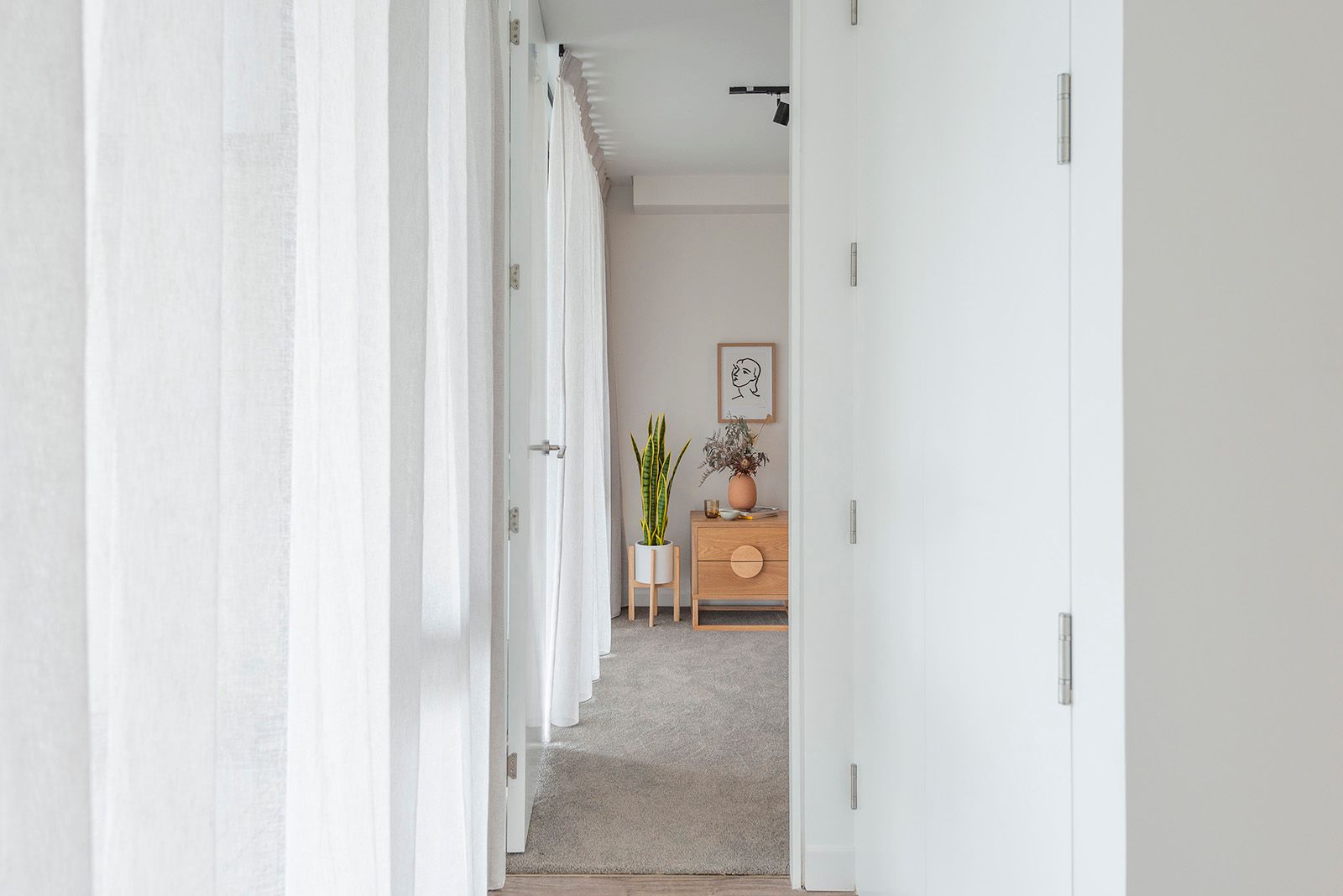If you’re planning to buy your first home, you’re looking for the full package – a home that meets your budget and is well constructed and energy efficient. It’s even better if it has been sustainably and ethically built.
Most of our Modul homes are rated at 6 Homestar by the Green Building Council – significantly above the New Zealand Building Code, which only requires a 4 Homestar rating to comply.
Run by non-profit organisation, the New Zealand Green Building Council, ‘Homestar’ is an independent national rating tool. It measures the warmth, efficiency and health of houses built in New Zealand. A 6 Homestar rating or higher provides assurance that the home is better quality – it’s drier, warmer and costs less to run – while a 10 Homestar rating is awarded to a truly world-leading home.
“You could say Modul homes are a high 6,” says Tony Houston. “If a typical home is built only to meet rather than exceed the NZ Building Code then it would only achieve a 3-4 Homestar rating.”
Seeing stars – what does it take to get a 6 Homestar rating?
The Homestar process follows two stages: Design – this assesses the full and final plans. Built – this rating is given after a home is constructed. It certifies that the features in the design rating have been fully implemented.
Homestar assessed Modul homes and awarded points across seven categories: energy, health and comfort, water, waste, materials, site, home management and innovation.
A few key elements in the structure of a Modul home helped earn its 6 Homestar rating. Modul homes have floor-to-ceiling windows that feature top-of-the line double-glazing, and the multi-layer insulation system delivers thermal, moisture and acoustic performance. The homes are made from 1.5mm-thick solid steel, three times thicker than a standard new steel roof in New Zealand, and they are incredibly durable, particularly in seismic events.
Ethical quality – Modul homes manufacturing standards
Combining affordability and quality was key for Modul, and the ability to offer consistent quality is one of the advantages of modular construction.
Quality control standards for Modul manufacturing are strict – from materials supply to construction and compliance. SGS New Zealand monitored quality throughout the manufacturing process. SGS is the world's leading inspection, verification, testing and certification company, and is responsible for auditing the integrity of Modul manufacturer's ISO 9001, ISO 14001 and OHSAS 18001 certificates.
To ensure responsible business practice by both Modul and the manufacturer, an independent audit was carried out using SMETA audit methodology – a compilation of best-practice audit techniques. The audit covered labour, health and safety, environment and business ethics.
The offshore nature of modular construction does mean that the workers are based overseas. However, this reduces pressure on the labour and skills shortage in the New Zealand industry – the BCITO estimates the New Zealand construction sector is short around 10,000 tradespeople.
Sustainable homes – Modul’s standardised design means less building waste
What makes a sustainably-built home? It means the home has been built with durable, renewable, recyclable materials, and that on a day-to-day basis the home is energy efficient to run.
Modul homes are triple insulated, and the aluminium-frame windows are thermally broken which means it’s more difficult for heat to transfer (either in or out) across the frame. This creates a drier, healthier home. The LED lights in Modul homes also contribute to a more economic home with lower energy bills.
At first the concept of a home built in a factory might not seem to match up to the idea of sustainability, yet a factory-built home can be significantly more environmentally friendly than traditionally built houses, or ‘stick houses’ as they are sometimes called.
In New Zealand, 40% of waste to landfill comes from the construction industry. Think of a typical building site: builders and contractors ordering and delivering materials, often resulting in excess wood, flooring, tiles and general waste. Modul homes reduce waste by manufacturing and assembling all components off-site to precise specifications.
And there’s another kind of pollution to consider with a typical building site, noise pollution. It can take months of construction chaos to build a traditional home. A Modul home arrives at the site fully complete and within four weeks it is installed and ready to move in.
Due to the quicker and more efficient construction process, Modul is well-suited to new housing developments in established residential areas. Modul homes are craned onto the site for final finishing, and neighbours are spared the weeks and months of hammering, sawing and jackhammering of on-site construction, as well as the high number of truck movements.
Modul homes – they’re ready when you are
At this stage, all the Modul homes available in New Zealand will be for sale in Kāinga Ora – Homes and Communities developments around Auckland. If you’re curious to know more or to walk through a Modul display home, visit the website, www.modul.co.nz
